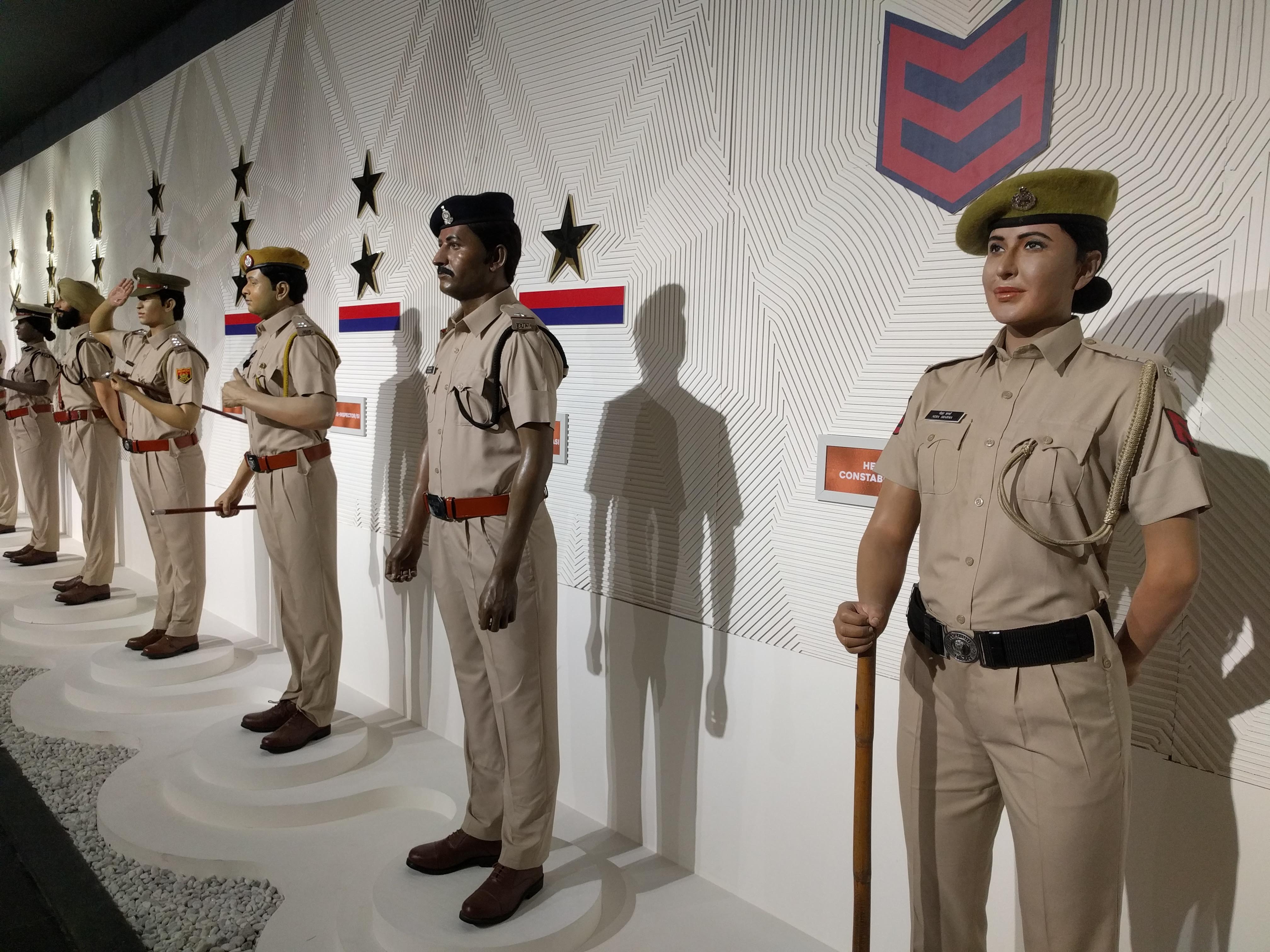In every nation, the police force is established to establish and uphold a system of law and order. The presence of the police ensures that we can all enjoy a sense of security and tranquility. Regardless of the time or occasion, the police are constantly stationed to safeguard our well-being. The police are commonly recognized by their distinctive uniform, predominantly in khaki. This choice of color serves as their foremost visual identification, with slight variations in shade distinguishing different departments. Observing the approaching figure from a distance allows individuals to discern the presence of law enforcement. However, have you ever contemplated the rationale behind the exclusive use of khaki for police uniforms? This article aims to shed light on the reasons behind this specific color choice for police attire.

During the era of British rule in India, the police force used to don white uniforms. However, due to the demanding nature of their duties, these uniforms would quickly accumulate dirt, causing discomfort for the police personnel. In an attempt to conceal the dirt, many officers resorted to coloring their uniforms with various hues, resulting in a diverse range of colors being observed. Concerned by this lack of uniformity, authorities took steps to address the issue. They developed a distinctive dye in vibrant shades, with khaki being a light yellow and brown amalgamation. To achieve this hue, they utilized tea leaves or cotton fabric dye, resulting in the distinctive khaki color. In Hindi, "khak" translates to the color of the soil, evoking the appearance of a mattress. This new dye significantly reduced the visibility of dust, stains, and other blemishes on the police uniform. In 1847, Sir Harry Lumsden officially adopted the khaki uniform, establishing it as the standard attire for the Indian Police.
Sir Henry Lawrence, the governor's agent of the North West Frontier and a resident of Lahore, played a pivotal role in the establishment of the "Corps of Guides" force in December 1846. This force, which formed a regiment within the British Indian Army, was specifically created to serve on the north-western border. Under the command of Sir Harry Lumsden, with William Stephen Raikes Hodson serving as the second-in-command, the responsibility of raising the "Corps of Guides" force was assigned. Initially, the members of this force performed their duties wearing their local attire. However, in 1847, all personnel embraced the uniform of khaki or uniform, following the initiative led by Sir Harry Lumsden. Subsequently, both the army regiment and the police force adopted the khaki uniform, a tradition that continues to this day in India.
The pioneering manual of the Bureau of Police Research and Development (BPRD) traces the origins of modern police forces back to the establishment of the London Metropolitan Police in 1829. Notably, the London police introduced their own paramilitary-style uniform, opting for a dark blue color. This choice of blue was deliberate, as it provided a distinct contrast to the prevailing red and white uniforms worn by the British Army during that era. Interestingly, the first official police force in history was established in New York in 1845, within the United States. Initially, volunteer policing efforts were in place. Taking inspiration from the London Police, the New York Police adopted a similar dark blue uniform in 1853. The adoption of this uniform by the New York Police had a profound impact, influencing police departments across America and other states to also embrace standardized police uniforms.